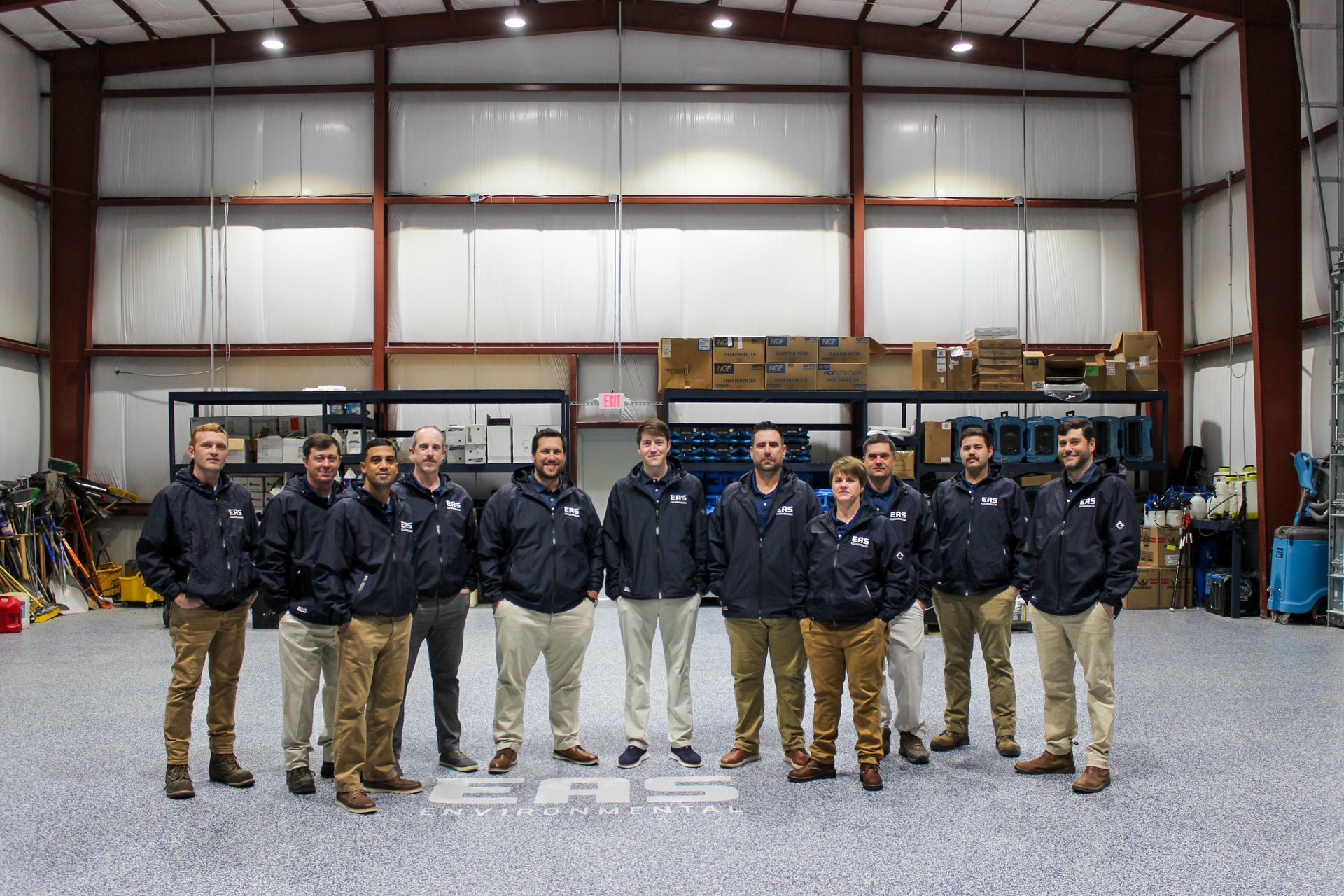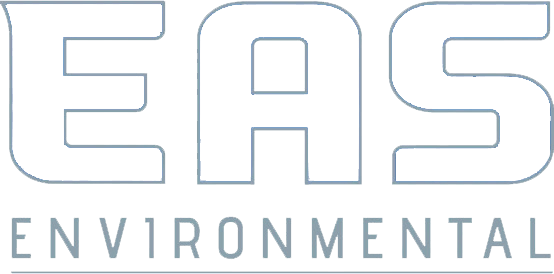
Welcome to our blog, where we address the common question of whether you should be in your home during mold removal in the crawl space. Dealing with mold growth in the crawl space can be a concerning issue, and understanding the best approach for your safety and well-being is essential. In this article, we will explore whether it is safe to remain in your home during mold removal in the crawl space, considerations to keep in mind, and the recommended steps to ensure a successful and healthy mold remediation process.
Making the Right Decision During Crawl Space Mold Removal for Optimal Safety and SEO
Making the right decision regarding whether to stay in your home during crawl space mold removal is crucial for both your safety and the success of the remediation process. While it may seem convenient to remain in your home, certain factors need to be considered to ensure optimal safety and effective mold removal.
Firstly, the safety aspect should be prioritized. Mold removal involves the disturbance of mold spores, which can become airborne and spread throughout the house. If you or any household members have respiratory issues or are sensitive to mold, it is advisable to vacate the premises during the mold removal process to minimize exposure. Additionally, professionals conducting the mold remediation may need uninterrupted access to the crawl space, and having occupants in the home can impede their work and increase the risk of cross-contamination.
In terms of the effectiveness of the mold removal process, having an empty home allows professionals to work efficiently without concerns about potential disruptions or limitations in accessing the affected areas. It also enables thorough cleaning and proper containment measures to be implemented, ensuring that the mold is effectively removed and the crawl space is properly remediated. Ultimately, by making the right decision to vacate the premises during crawl space mold removal, you prioritize safety and create an environment conducive to effective mold remediation.
Understanding the Risks
Understanding the risks associated with crawl space mold removal is essential to ensure the safety and well-being of everyone involved. Mold removal can pose various risks, including exposure to mold spores, potential health effects, and the possibility of spreading mold to other areas of the home if not handled properly.
Exposure to mold spores can lead to respiratory issues, allergic reactions, and other health problems, especially for individuals with compromised immune systems or pre-existing respiratory conditions. It is important to take proper precautions such as wearing personal protective equipment (PPE), including gloves, goggles, and respirators, to minimize the risk of inhaling mold spores during the removal process. Additionally, mold removal activities can disturb the mold and release spores into the air, potentially causing cross-contamination if not properly contained.
To mitigate these risks, it is often recommended to consult with professionals experienced in mold remediation. They have the knowledge, expertise, and appropriate equipment to handle the removal process safely and effectively. Professionals can assess the extent of the mold growth, implement containment measures to prevent the spread of mold spores, and employ proper cleaning and disposal techniques. By understanding the risks and seeking professional assistance, you can ensure a safer mold removal process and minimize potential health hazards.
Peace of Mind and SEO
Achieving peace of mind during crawl space mold removal is invaluable, as it allows you to navigate the process with confidence and assurance. Mold growth in the crawl space can be a stressful and worrisome issue, but taking the right steps to address it can bring you peace of mind. By entrusting the task to professionals with expertise in mold remediation, you can rest easy knowing that your crawl space is in capable hands.
Seeking professional assistance not only provides peace of mind but can also have a positive impact on your home's search engine optimization (SEO). Professional mold removal services can ensure a thorough and effective cleanup, reducing the risk of recurring mold growth. This, in turn, can enhance the overall condition and health of your home, positively influencing its SEO. A mold-free crawl space signifies a well-maintained and healthier living environment, which can contribute to improved rankings and increased credibility in online search results.
By prioritizing peace of mind and investing in professional mold removal services, you can address crawl space mold issues with confidence and enjoy the benefits of a clean, healthy, and search engine-friendly home.
FAQs
Contact EAS Environmental Today!
EAS Environmental will do everything we can to ensure your experience with us is excellent.
Request A FREE Estimate
Request a Free Estimate Form
Checkout Recent Post
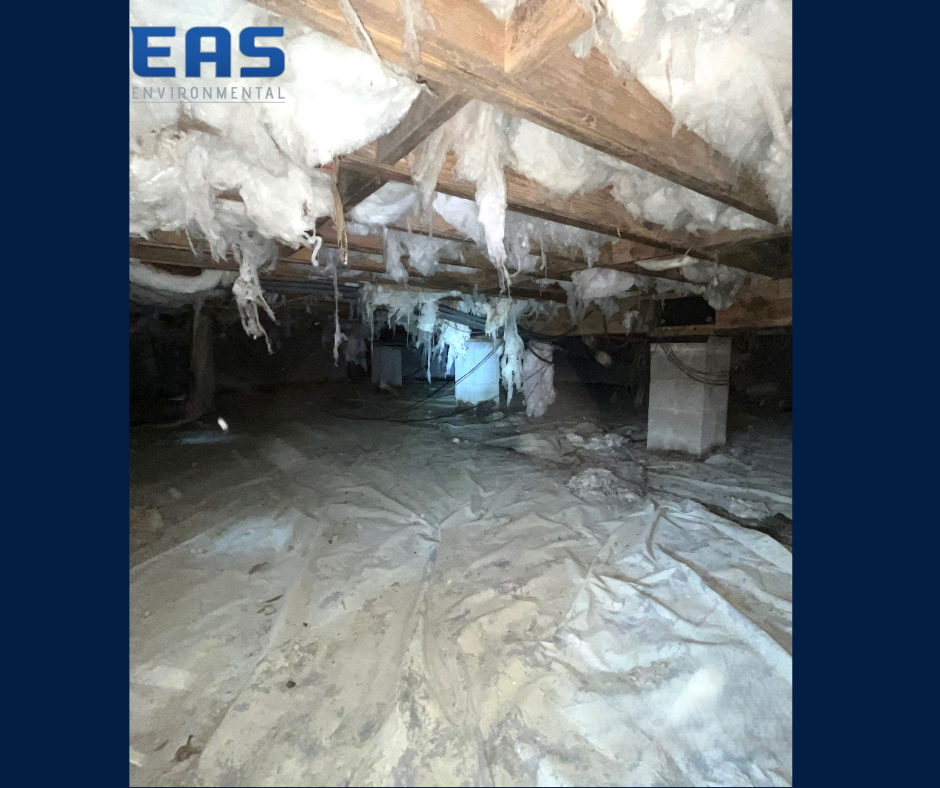
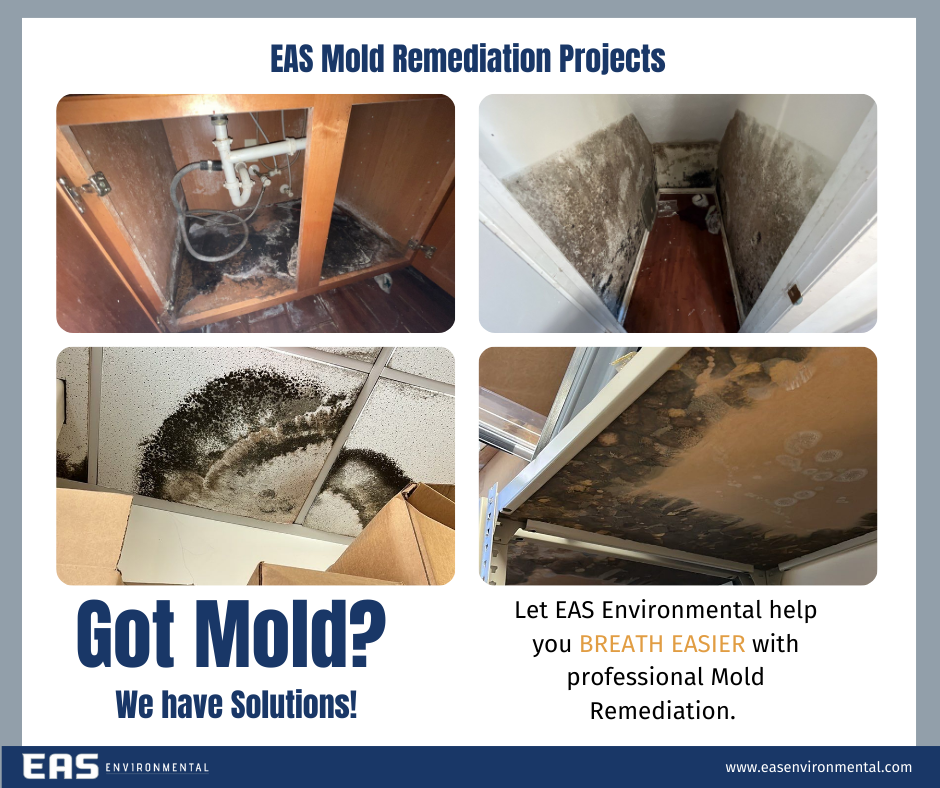
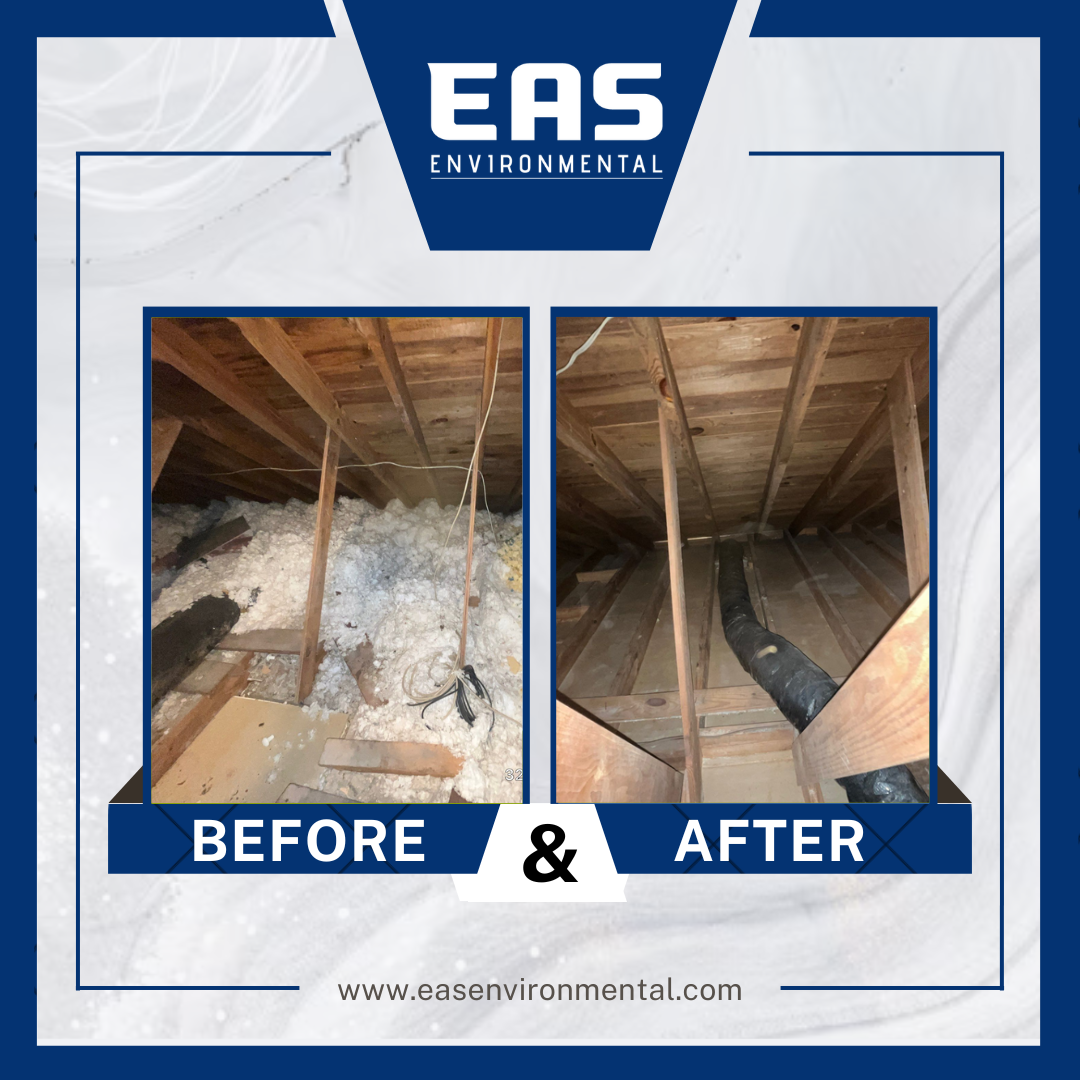
Got a Question? We’re Here to Help.
You can arrange an appointment or make an enquiry by phone or email, orget in touch to us via our contact form.

